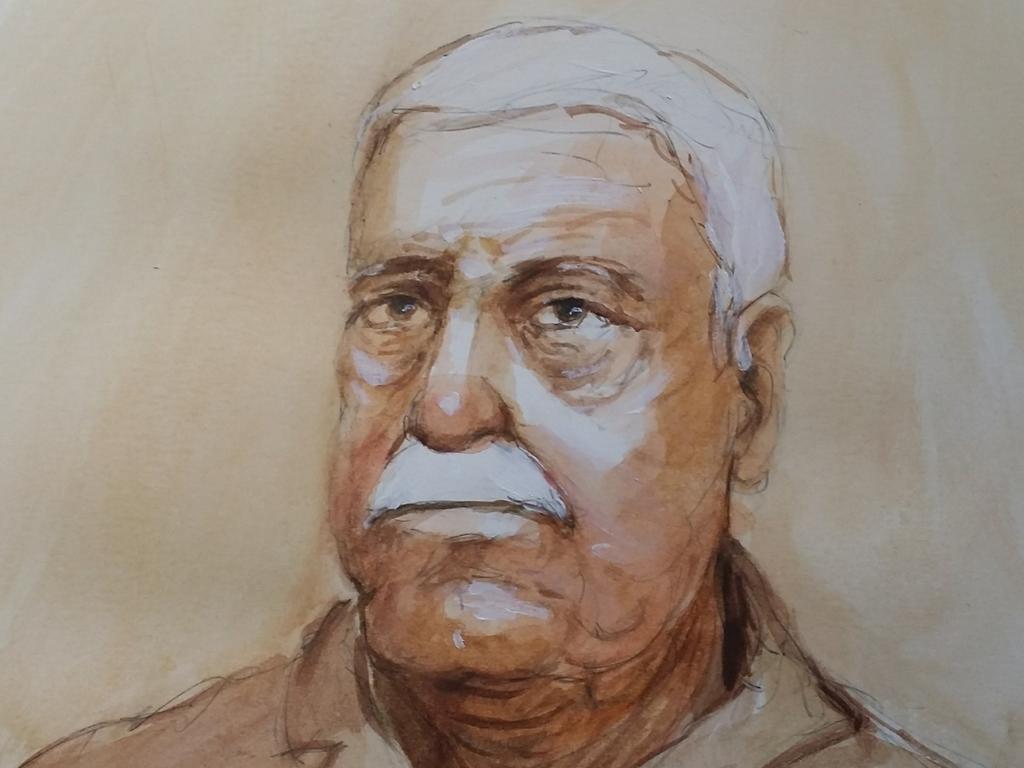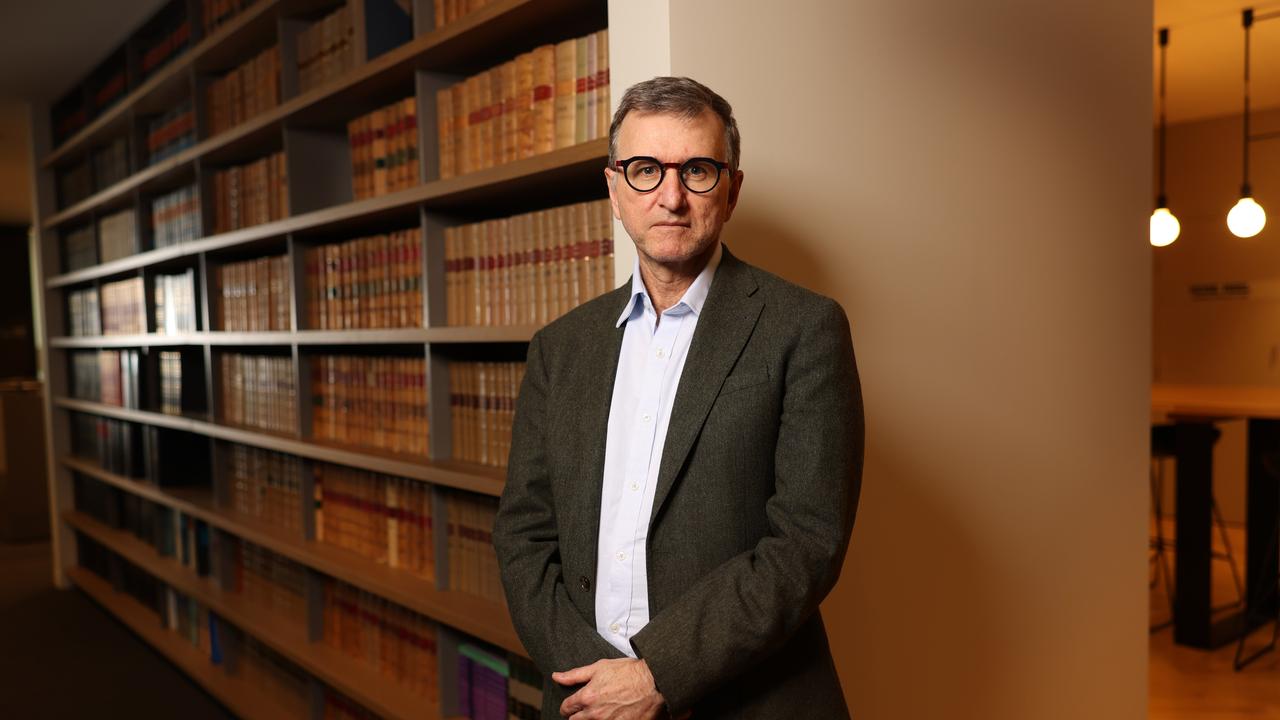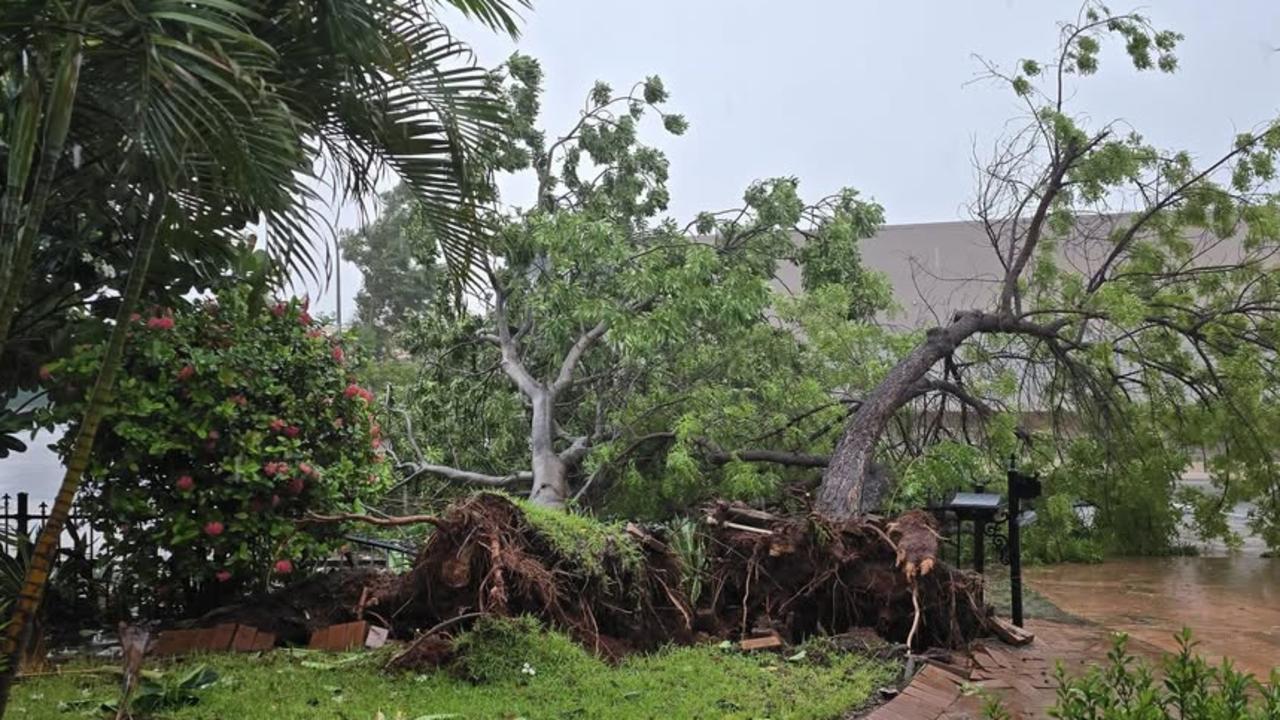Family Court bomber Leonard Warwick found guilty
Leonard John Warwick, 73, has been found guilty of three murders and a string of violent attacks in the 1980s.
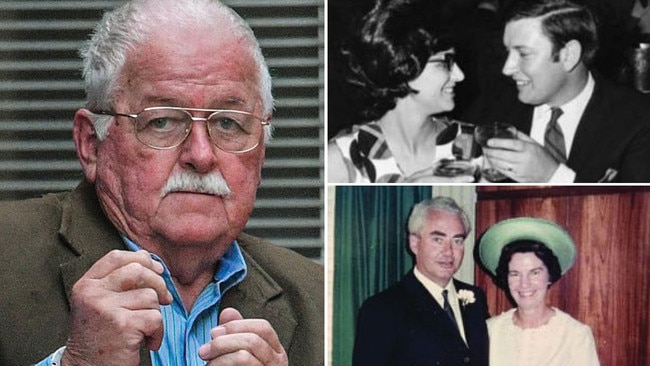
An angry father embarked on a murderous campaign of shootings and bombings in the 1980s, targeting the Family Court, its judges and a lawyer, which was linked to a vicious custody dispute with his ex-wife, the NSW Supreme Court has found.
Former firefighter Leonard John Warwick, 73, has been found guilty of three murders and a string of violent attacks that terrorised Sydney’s legal community in the 1980s.
NSW Supreme Court judge Peter Garling, who presided over the 207-day trial without a jury, said the “extreme violence”, which had “tragic consequences”, was connected to Warwick’s battle against his ex-wife Andrea Blanchard for custody of their young daughter Trudi.
His rampage included:
• the shooting murder of Justice David Opas, who had been handling the family law dispute, outside his home in Woollahra in 1980;
• the bombing murder of Pearl Watson, wife of Justice Ray Watson, who also handled the case, at their home in Sydney’s northern suburb of Greenwich in 1984; and
• bombing the Jehovah’s Witness Kingdom Hall in the Sydney suburb of Casula in 1985, killing father-of-three Graham Wykes and seriously injuring 13 others. Members of the church had helped Mr Warwick’s ex-wife move to northern NSW and DNA testing in 2013 and 2017 of blood found in the hall was found to match Warwick’s DNA.
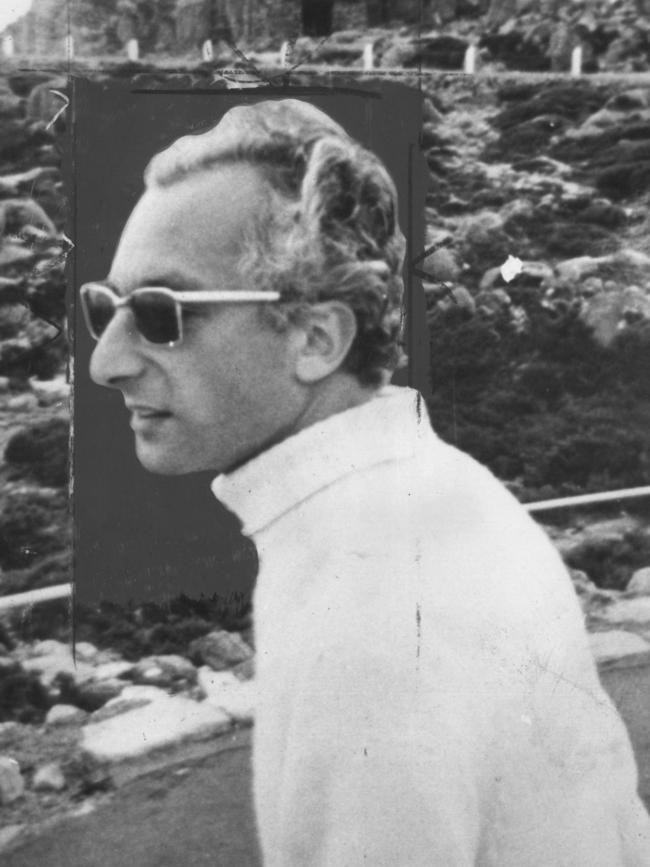
Warwick also:
• attempted to murder another judge who took on their case, Justice Richard Gee, by bombing his Belrose home in 1984. The judge was injured in the attack but managed to escape with his two children;
• bombed the Family Court building at Parramatta, in Sydney’s west in 1985, destroying part of the building; and
• attempted to murder his ex-wife’s lawyer, Garry Watts, now a Family Court judge, in 1985 by planting a car bomb at his former address, which was still listed in the phone book. Justice Watts ceased to act for Ms Blanchard after the attack.
In a judgment of more than 500 pages, Justice Garling said there had never been attacks of this nature against a judge or court in Australia’s history.
Each of the attacks against the judges and their families took place in their homes, where they had been “entitled to feel safe and secure”, he said.
Opas had been eating dinner with his wife and two children when he went to answer his front gate bell. He was shot in the abdomen.
He said Warwick had a “tendency to take violent action” against people who “acted to his disadvantage with respect to access to his daughter”.
However, Justice Garling found Warwick not guilty of the shooting murder of Ms Blanchard’s brother Stephen Blanchard, whose body was found in a creek at the Ku-Ring-Gai National Park, weighted down with bricks in 1980.
Prosecutors alleged that Warwick was motivated to kill Mr Blanchard because he had intervened in the dispute by accompanying his sister to retrieve Trudi from Warwick’s home. However, the judge was not satisfied of this motive. He said Warwick also did not have access to a boat and he believed disposing of the body would have required two people.
Warwick has been in custody since his arrest in 2015. His trial before Justice Garling commenced in May 2018 and finished in April this year. A sentencing hearing will be held on August 20.
The trial was delayed by Warwick running out of money to pay his lawyer, Alan Conolly, then sacking his public defender, before Mr Conolly resumed his representation.
Mr Conolly had argued that his client didn’t have the motivation, skills or time to carry out the attacks — and the evidence that he had the expertise was “out of Monty Python”.
He had also tried to convince the court that his client was a “lover” rather than “a murderer”.
However, Justice Garling rejected as “fanciful” many of the theories suggested by Warwick’s lawyer.
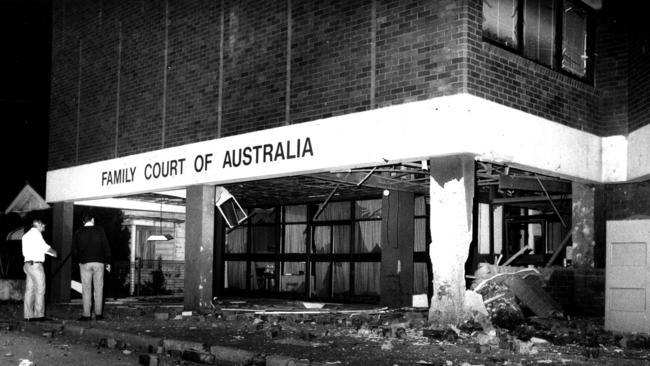
‘Malevolent violence destroyed many lives’
Former Family Court chief justice Elizabeth Evatt, who presided over the court at the time of the attacks, said Warwick’s “malevolent violence” against the Family Court destroyed many lives, and caused deep grief and irreparable harm to his victims and their families.
“We were deeply shocked and grieved in 1980 when he shot Justice David Opas, and again in 1984 when Justices Richard Gee and Ray Watson were badly injured and Pearl Watson killed by Warwick’s bombs,” she said.
“The families of David Opas, Pearl Watson and the other victims of Warwick’s violence must have some sense of relief now … However, none of us who have been so deeply affected by his crimes can ever forget those who were his victims. Nothing can repair the grave harms he has caused to so many.”
A spokeswoman for the Family Court of Australia said the “events constituted a very dark period in the history of the Court” and resulted in “horrific and unnecessary deaths”.
“Throughout this period, the judges and staff of the Court demonstrated enormous courage by keeping the doors open and continuing to deal with the work required of them in what must have been frightening times,” she said.
“Hopefully today’s outcome provides some relief and resolution for the victims’ families and for the many people who were impacted, including current and former judges and staff of the Family Court.”

